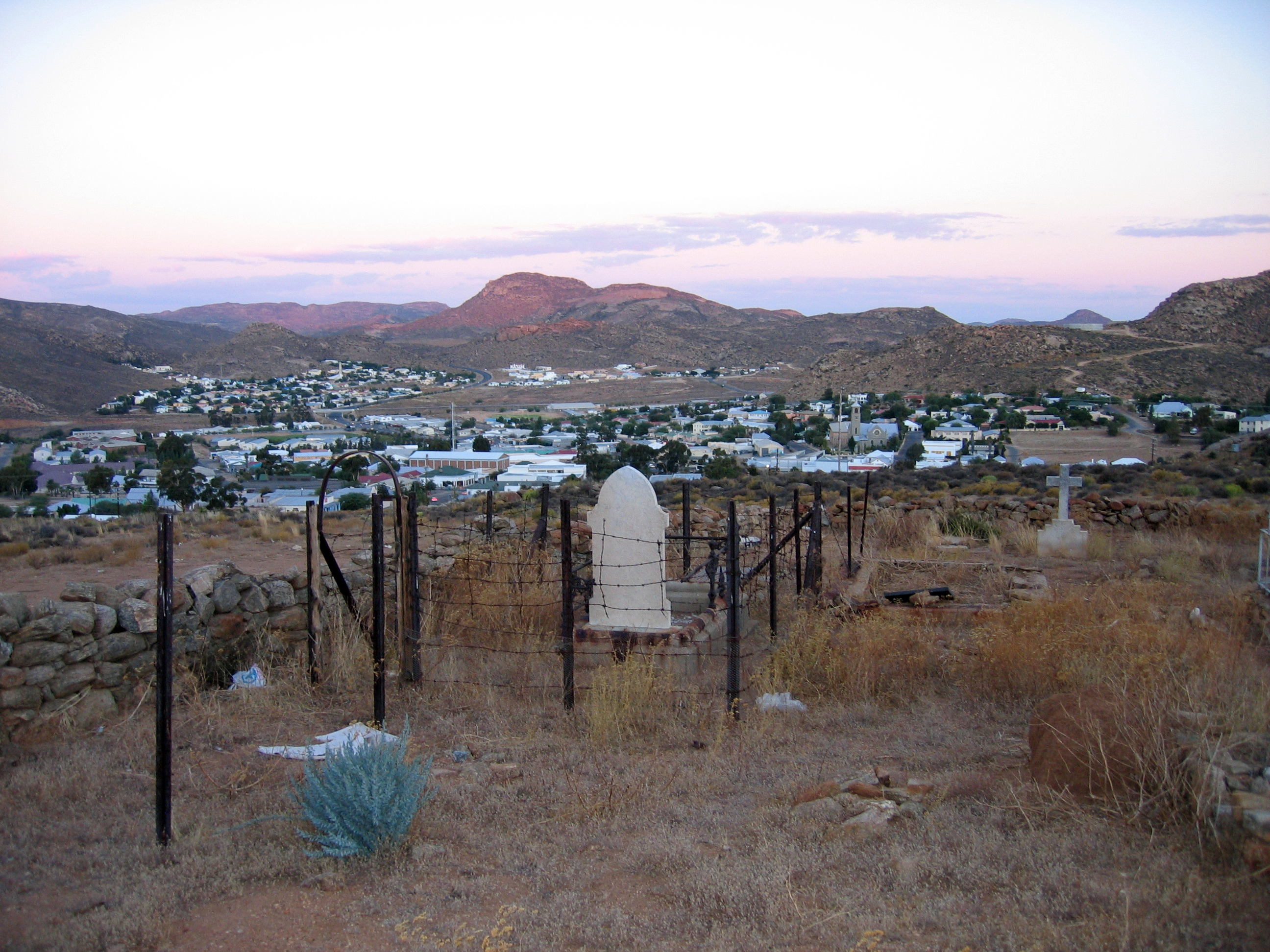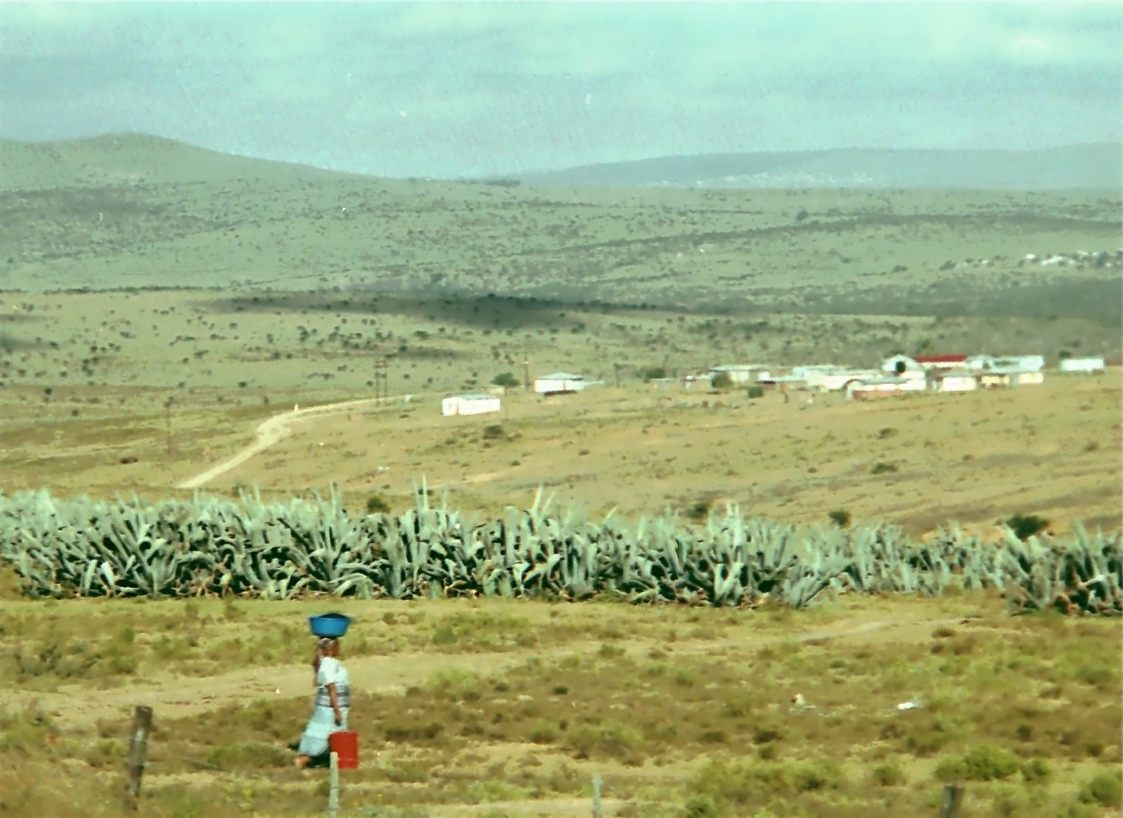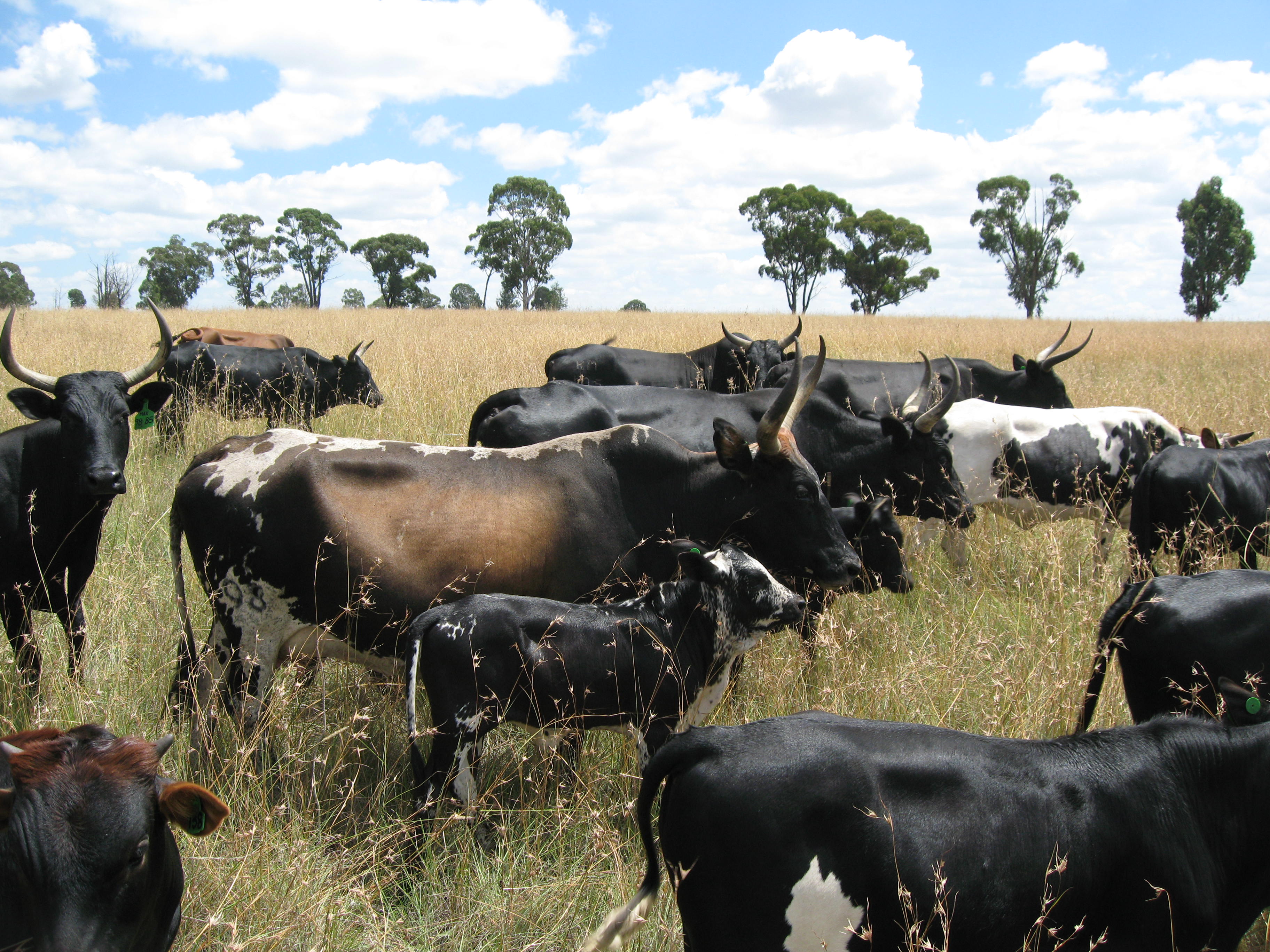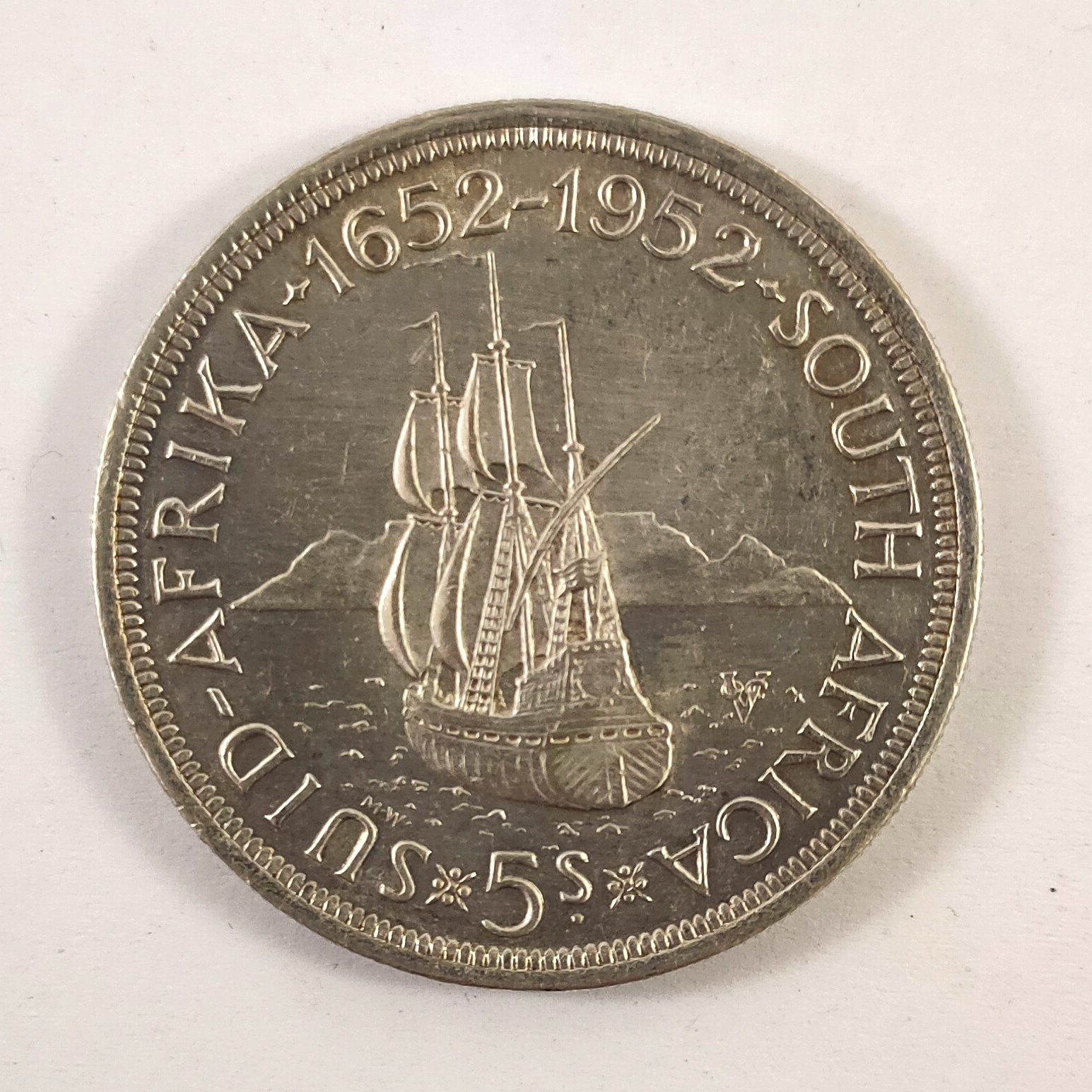|
Nama People
Nama (in older sources also called Namaqua) are an African ethnic group of South Africa, Namibia and Botswana. They traditionally speak the Khoekhoe language, Nama language of the Khoe languages, Khoe-Kwadi language family, although many Nama also speak Afrikaans. The Nama People (or Nama-Khoe people) are the largest group of the Khoekhoe people, many of whom have disappeared as a group. Many of the Nama clans live in Central Namibia and the other smaller groups live in Namaqualand, which today straddles the Namibian border with South Africa. History The Khoisan peoples of South Africa and southern Namibia maintained a nomadic life since time immemorial. The Khoekhoe were pastoralists and the San people lived as hunter-gatherers. The Nama are a Khoekhoe group. They originally inhabited the Orange River in southern Namibia and northern South Africa. The early colonialists referred to them as ''Hottentots''. Their alternative historical name, "Namaqua", stems from the addition o ... [...More Info...] [...Related Items...] OR: [Wikipedia] [Google] [Baidu] |
Namibia
Namibia, officially the Republic of Namibia, is a country on the west coast of Southern Africa. Its borders include the Atlantic Ocean to the west, Angola and Zambia to the north, Botswana to the east and South Africa to the south; in the northeast, approximating a quadripoint, Zimbabwe lies less than 200 metres (660 feet) away along the Zambezi, Zambezi River near Kazungula, Zambia. Namibia's capital and largest city is Windhoek. Namibia is the driest country in sub-Saharan Africa, and has been inhabited since prehistoric times by the Khoekhoe, Khoi, San people, San, Damara people, Damara and Nama people. Around the 14th century, immigration, immigrating Bantu peoples arrived as part of the Bantu expansion. From 1600 the Ovambo people#History, Ovambo formed kingdoms, such as Ondonga and Oukwanyama. In 1884, the German Empire established rule over most of the territory, forming a colony known as German South West Africa. Between 1904 and 1908, German troops waged a punitive ... [...More Info...] [...Related Items...] OR: [Wikipedia] [Google] [Baidu] |
Khoisan
Khoisan ( ) or () is an Hypernymy and hyponymy, umbrella term for the various Indigenous peoples of Africa, indigenous peoples of Southern Africa who traditionally speak non-Bantu languages, combining the Khoekhoen and the San people, Sān peoples. Khoisan populations traditionally speak click languages. They are considered to be the historical communities throughout Southern Africa, remaining predominant until Bantu and European colonisation. The Khoisan have lived in areas climatically unfavorable to Bantu (sorghum-based) agriculture, from the Dutch Cape Colony, Cape region to Namibia and Botswana, where populations of Nama people, Nama and Damara people, Damara people are prevalent groups. Considerable mingling with Bantu-speaking groups is evidenced by prevalence of click phonemes in many Wilhelm Bleek, Southern African Bantu languages, especially Xhosa. Many Khoesan peoples are the descendants of an early dispersal of anatomically modern humans to Southern Africa before 1 ... [...More Info...] [...Related Items...] OR: [Wikipedia] [Google] [Baidu] |
Northern Cape
The Northern Cape ( ; ; ) is the largest and most sparsely populated Provinces of South Africa, province of South Africa. It was created in 1994 when the Cape Province was split up. Its capital is Kimberley, South Africa, Kimberley. It includes the Kalahari Gemsbok National Park, part of the Kgalagadi Transfrontier Park and an Transboundary Protected Area, international park shared with Botswana. It also includes the Augrabies Falls and the diamond mining regions in Kimberley and Alexander Bay, Northern Cape, Alexander Bay. The Namaqualand region in the west is famous for its Dimorphotheca sinuata, Namaqualand daisies. The southern towns of De Aar and Colesberg found within the Great Karoo are major transport nodes between Johannesburg, Cape Town and Gqeberha. Kuruman can be found in the north-east and is known as a Mission (station), mission station. It is also well known for its artesian spring and Eye of Kuruman. The Orange River flows through the province, forming the borders ... [...More Info...] [...Related Items...] OR: [Wikipedia] [Google] [Baidu] |
Ciskei
Ciskei ( , meaning ''on this side of Great Kei River, [the river] Kei''), officially the Republic of Ciskei (), was a Bantustan for the Xhosa people, located in the southeast of South Africa. It covered an area of , almost entirely surrounded by what was then the Cape Province, and possessed a small coastline along the shore of the Indian Ocean. Under South Africa's policy of apartheid, land was set aside for black peoples in self-governing territories. Ciskei was designated as one of two homelands, or "Bantustans", for Xhosa language, Xhosa-speaking people. Xhosa people were forcibly resettled in the Ciskei and Transkei, the other Xhosa homeland. In contrast to the Transkei, which was largely contiguous and deeply rural, and governed by hereditary chiefs, the area that became the Ciskei had initially been made up of a patchwork of "reserves", interspersed with pockets of white-owned farms. In Ciskei, there were elected headmen and a relatively educated working-class populace, ... [...More Info...] [...Related Items...] OR: [Wikipedia] [Google] [Baidu] |
Transkei
Transkei ( , meaning ''the area beyond Great Kei River, [the river] Kei''), officially the Republic of Transkei (), was an list of historical unrecognized states and dependencies, unrecognised state in the southeastern region of South Africa from 1976 to 1994. It was, along with Ciskei, a Bantustan for the Xhosa people, and operated as a nominally independent parliamentary democracy. Its capital was Mthatha, Umtata (renamed Mthatha in 2004). Transkei represented a significant precedent and historic turning point in South Africa's policy of apartheid and "separate development"; it was the first of four territories to be declared independence, independent of South Africa. Throughout its existence, it remained an internationally unrecognised, diplomatically isolated, politically unstable ''de facto'' one-party state, which at one point broke relations with South Africa, the only country that acknowledged it as a legal entity. In 1994, it was reintegrated into its larger neighbour ... [...More Info...] [...Related Items...] OR: [Wikipedia] [Google] [Baidu] |
Eastern Cape
The Eastern Cape ( ; ) is one of the nine provinces of South Africa. Its capital is Bhisho, and its largest city is Gqeberha (Port Elizabeth). Due to its climate and nineteenth-century towns, it is a common location for tourists. It is also known for having been home to many anti-apartheid activists, including Nelson Mandela. The second largest province in the country (at 168,966 km2) after the Northern Cape, it was formed in 1994 out of the Xhosa people, Xhosa homelands or bantustans of Transkei and Ciskei, together with the eastern portion of the Cape Province. The central and eastern part of the province is the traditional home of the indigenous Xhosa people. In 1820 this area, which was known as the Xhosa Kingdom, began to be settled by Europeans who originally came from England, Scotland and Ireland. Eastern Cape is the only province in South Africa were the number of Black Africans declined from 86.6% to 85.7% since Apartheid ended in 1994. History The Eastern Cape p ... [...More Info...] [...Related Items...] OR: [Wikipedia] [Google] [Baidu] |
Nguni Cattle
The Nguni is a cattle breed indigenous to Southern Africa. A hybrid of different Indian and later European cattle breeds, they were introduced by pastoralist tribes ancestral to modern Nguni people to Southern Africa during their migration from the North of the continent. Nguni cattle are dairy and beef cattle. The cattle breed is medium-sized and adapted to grazing on the highveld. Characteristics Nguni cattle are known for their fertility and resistance to diseases, being the favourite and most beloved breed amongst the local Bantu-speaking people of southern Africa (South Africa, Eswatini, Namibia, Zimbabwe, Botswana, and Angola). They are characterised by their multicoloured skin, which can present many different patterns, but their noses are always black-tipped. They are a principal form of Sanga cattle, which originated as hybrids of Zebu and humpless cattle in East Africa. DNA analyses have confirmed that they are a combination of '' Bos indicus'' and ''Bos taurus'', th ... [...More Info...] [...Related Items...] OR: [Wikipedia] [Google] [Baidu] |
Cape Of Good Hope
The Cape of Good Hope ( ) is a rocky headland on the Atlantic Ocean, Atlantic coast of the Cape Peninsula in South Africa. A List of common misconceptions#Geography, common misconception is that the Cape of Good Hope is the southern tip of Africa, based on the misbelief that the Cape was the dividing point between the Atlantic Ocean, Atlantic and Indian Ocean, Indian oceans. In fact, the southernmost point of Africa is Cape Agulhas about to the east-southeast. The currents of the two oceans meet at the point where the warm-water Agulhas current meets the cold-water Benguela current and turns back on itself. That oceanic meeting point fluctuates between Cape Agulhas and Cape Point (about east of the Cape of Good Hope). When following the western side of the African coastline from the equator, however, the Cape of Good Hope marks the point where a ship begins to travel more eastward than southward. Thus, the first modern rounding of the cape in 1487 by Portuguese discoveries, ... [...More Info...] [...Related Items...] OR: [Wikipedia] [Google] [Baidu] |
Dutch East India Company
The United East India Company ( ; VOC ), commonly known as the Dutch East India Company, was a chartered company, chartered trading company and one of the first joint-stock companies in the world. Established on 20 March 1602 by the States General of the Netherlands amalgamating Voorcompagnie, existing companies, it was granted a 21-year monopoly to carry out trade activities in Asia. Shares in the company could be purchased by any citizen of the Dutch Republic and subsequently bought and sold in open-air secondary markets (one of which became the Amsterdam Stock Exchange). The company possessed quasi-governmental powers, including the ability to wage war, imprison and execute convicts, negotiate treaties, strike Coinage of the Dutch East India Company, its own coins, and establish colonies. Also, because it traded across multiple colonies and countries from both the East and the West, the VOC is sometimes considered to have been the world's first multinational corporation. St ... [...More Info...] [...Related Items...] OR: [Wikipedia] [Google] [Baidu] |
Jan Van Riebeeck
Johan Anthoniszoon "Jan" van Riebeeck (21 April 1619 – 18 January 1677) was a Dutch navigator, ambassador and colonial administrator of the Dutch East India Company. Life Early life Jan van Riebeeck was born in Culemborg on 21 April 1619, as the son of a surgeon. He grew up in Schiedam, where he married a 19-year-old Maria de la Queillerie on 28 March 1649. She died in Malacca, now part of Malaysia, on 2 November 1664, at the age of 35. The couple had eight or nine children, most of whom did not survive infancy. Their son Abraham van Riebeeck, born at the Cape, later became Governor-General of the Dutch East Indies. Employment in the VOC Joining the ''Vereenigde Oost-Indische Compagnie'' (VOC) (Dutch East India Company) in 1639, he served in a number of posts, including that of an assistant surgeon in the Batavia in the East Indies. He was head of the VOC trading post in Tonkin, Indochina. After being dismissed from that position in 1645 due to conducting ... [...More Info...] [...Related Items...] OR: [Wikipedia] [Google] [Baidu] |
Griqua People
The Griquas are a subgroup of mixed-race heterogeneous formerly-Xiri-speaking nations in South Africa with a unique origin in the early history of the Dutch Cape Colony. Text was copied from this source, which is available under a Creative Commons license. Like the Boers, they migrated inland from the Cape and in the 19th century established several states in what is now South Africa and Namibia. The Griqua consider themselves as being South Africa’s first multiracial nation with people descended directly from Dutch settlers in the Cape, and local peoples. History Griqua was the name given to a mixed-race culture in the Cape Colony of South Africa, around the 17th and 18th centuries (Taylor, 2020). They were also known as Hottentots before Europeans arrived in their lands where they lived as close-knit families. Griqua people’s multiple historical backgrounds have interwoven with rigid apartheid classification, academic attempts to fix the parameters of Griqua identity and ... [...More Info...] [...Related Items...] OR: [Wikipedia] [Google] [Baidu] |







